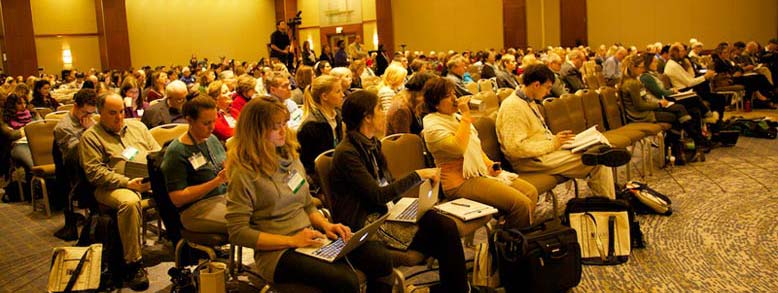 comment on “How to use social media for science — 3 views” (Tips from science and journalism pros at the American Association for the Advancement of Science (AAAS) annual meeting). by Alison Bert, Elsevier Connect, 25 February 2014).
comment on “How to use social media for science — 3 views” (Tips from science and journalism pros at the American Association for the Advancement of Science (AAAS) annual meeting). by Alison Bert, Elsevier Connect, 25 February 2014).
Great panel and excellent writeup. I followed parts of #AAASmtg via Twitter remotely, but wish I’d been there in person.
The panel seems to have focused on ways & reasons scientists might post on social media, which perhaps was implied by the panel title “Engaging with Social Media.” However, I’d like to pose the question, is it possible that the most important potential use of social media, at least for most scientists is not for posting, but for reading, discovery, and more indirect use?
There are various reasons to think that even on most “social” media networks, interaction is quite asymmetrical, with users receiving messages much more than sending them. To some extent this is implied by the basic structure of the networks, in which a post is sent to a network of followers, so the normal case is that reads significantly outnumber posts.
Also, research such as Jon Bruner’s “Tweets loud and quiet” (O’Reilly Radar, 18 December 2013) suggest that on Twitter, for example, most users have very few followers, while a small percentage of well-known users produce a large portion of all posts and views. This follows a pattern long observed in almost all online interactive environments, the “1% rule” or “90–9–1 principle” that passive use typically far outweighs active use. Our newer social media may revise this pattern somewhat, but aren’t likely to fully overcome it, especially in “interest graph” networks such as Twitter which support and have widespread use of 1-way following, ie there is often no reciprocal tie between follower and followed.
This is not, by any means, to discount the many laudable outreach and active-engagement activities discussed by the AAAS panelists, which I fully support. Rather, it is to suggest that for many scientists and use cases, there may be much potential value lying in a somewhat different direction: in tools/practices for better social-media listening, filtering, and following, rather than speaking.
In my own scicomm work, I focus on this angle, for example exploring new ways to sort and filter Twitter streams, and prototyping an alternate Twitter-like interest/social network for science and scholarship. As they say in civic circles, we need followership as well as leadership; or as Stephen Covey said: we might seek first to understand, then to be understood.
—
Tim McCormick
Conversary
Palo Alto, California
@tmccormick

Pingback: Tim McCormick (@tmccormick)
frkearns sort/filter.. twitter, at least, mostly lacks :. Lists (bit painful), clients eg Tweetbot w/filters. See https://tjm.org/2014/02/03/why-twitter-needs-a-design-reset-and-how-we-might-do-it/
Pingback: Social Scholar (@SocSchol)
tmccormick yes, use lists like crazy & am always tweaking to try to optimize my experience. Intrigued by bots, hard on topics like “water”.
frkearns lists seem to me a lot of work, esp. if u already have many follows. I’ve many private lists, but tend to fall back to full stream